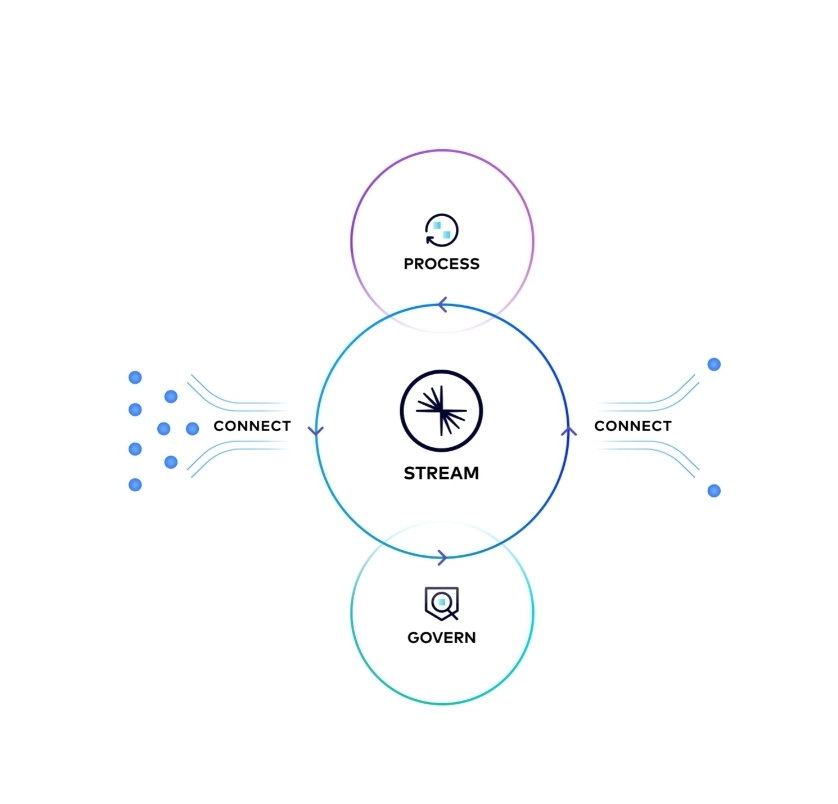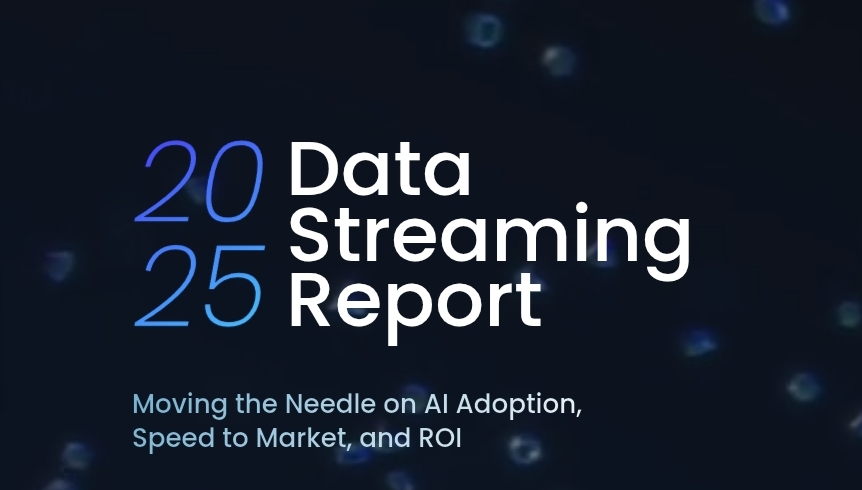Data Streaming Transforms Customer Experience: Revolution Begins with Real-Time Data
Today’s customers demand immediate, personalized responses across every touchpoint. Furthermore, they expect businesses to anticipate their needs before they even express them. Consequently, organizations must rethink their approach to customer experience delivery. A breakthrough in data streaming is probably the answer.
Recent research from Confluent reveals that 95% of Indian IT leaders believe data streaming simplifies AI adoption. Moreover, this technology directly enhances customer satisfaction for 86% of organizations. Therefore, understanding data streaming’s impact on customer experience becomes essential for business success.
Why Traditional Data Approaches Fail Customer Expectations
Previously, businesses relied on batch processing to analyze customer data. However, this approach creates significant delays in response times. Additionally, customers receive outdated recommendations and irrelevant content. As a result, customer satisfaction scores plummet and retention rates suffer.
Traditional systems also struggle with data silos across departments. Consequently, marketing teams cannot access real-time purchase data. Similarly, customer service representatives lack visibility into recent interactions. Therefore, customers experience fragmented and inconsistent service quality.
Furthermore, legacy systems cannot scale to handle increasing data volumes. Hence, businesses miss opportunities to engage customers at critical moments. Subsequently, competitors with real-time capabilities capture market share.
How Data Streaming Platforms Transform Customer Interactions
Data streaming platforms (DSPs) fundamentally change how businesses interact with customers. Initially, these platforms capture data from multiple sources simultaneously. Then, they process information in real-time without delays. Consequently, businesses can respond to customer needs instantly.
For instance, when customers browse products online, streaming platforms analyze their behavior immediately. Next, the system generates personalized recommendations within milliseconds. Therefore, customers receive relevant suggestions while their interest remains high.
Additionally, DSPs enable predictive customer service capabilities. Specifically, they identify potential issues before customers encounter problems. Thus, support teams can proactively reach out with solutions. As a result, customer satisfaction increases significantly.
Real-Time Personalization Drives Customer Engagement
Modern customers expect personalized experiences across all channels. However, achieving true personalization requires real-time data processing. Fortunately, data streaming makes this level of customization possible.
First, streaming platforms collect behavioral data from websites, apps, and devices. Then, they analyze patterns to understand individual preferences. Subsequently, businesses can deliver tailored content, offers, and recommendations instantly.
Moreover, real-time personalization extends beyond digital channels. For example, retail stores use streaming data to optimize in-store experiences. Consequently, customers receive relevant promotions on their mobile devices while shopping. Therefore, conversion rates increase and customer loyalty strengthens.
Predictive Analytics Enhance Customer Journey Mapping
Data streaming enables advanced predictive analytics for customer journey optimization. Initially, platforms analyze historical and real-time customer data. Then, they identify patterns that predict future behavior. Consequently, businesses can intervene at optimal moments.
For instance, streaming analytics detect when customers show signs of churn. Next, the system triggers automated retention campaigns. Therefore, businesses can prevent customer loss before it occurs.
Additionally, predictive models help optimize customer acquisition strategies. Specifically, they identify high-value prospects based on real-time signals. Thus, marketing teams can focus resources on the most promising opportunities. As a result, customer acquisition costs decrease while conversion rates improve.
Seamless Omnichannel Experiences Through Real-Time Integration
Customers interact with brands across multiple channels throughout their journey. However, disconnected systems create frustrating experiences. Fortunately, data streaming platforms solve this integration challenge.
First, DSPs consolidate data from all customer touchpoints in real-time. Then, they create unified customer profiles that update continuously. Consequently, every channel has access to the same current information.
For example, when customers start shopping on mobile apps, their preferences sync immediately. Later, when they visit physical stores, staff can access their complete history. Therefore, customers enjoy consistent experiences regardless of channel.
Furthermore, real-time integration enables seamless handoffs between channels. Specifically, customers can start conversations on chat and continue via phone without repetition. Thus, frustration decreases and satisfaction increases.
Proactive Customer Support Through Intelligent Monitoring
Data streaming transforms customer support from reactive to proactive service delivery. Initially, platforms monitor customer interactions and system performance continuously. Then, they identify potential issues before they impact customers. Consequently, support teams can resolve problems preemptively.
For instance, streaming analytics detect unusual patterns in customer behavior. Next, they alert support teams to potential dissatisfaction. Therefore, representatives can reach out with assistance before customers complain.
Additionally, real-time monitoring helps optimize support resource allocation. Specifically, platforms predict support volume based on current trends. Thus, managers can adjust staffing levels accordingly. As a result, wait times decrease and customer satisfaction improves.
Measuring Success: ROI and Customer Satisfaction Metrics
The business impact of data streaming on customer experience is measurable and significant. According to the Confluent report, 86% of Indian organizations report improved customer satisfaction. Additionally, 89% achieve faster time-to-market for innovations.
Moreover, the financial returns are substantial. Specifically, 86% of organizations report 2-5x return on investment. Furthermore, operational costs decrease through improved efficiency. Therefore, businesses can invest more resources in customer experience improvements.
Customer lifetime value also increases with streaming-enabled experiences. Consequently, businesses generate more revenue from existing customers. Additionally, satisfied customers become brand advocates who attract new prospects. Thus, the positive impact compounds over time.

Implementation Strategy for Customer-Centric Data Streaming
Successfully implementing data streaming for customer experience requires strategic planning. First, organizations must identify high-impact customer touchpoints. Then, they should prioritize streaming implementation based on potential ROI. Consequently, early wins build momentum for broader adoption.
Next, businesses need to establish data governance frameworks. Specifically, they must ensure data quality and privacy compliance. Therefore, customer trust remains intact throughout the transformation process.
Additionally, teams require training on real-time customer engagement strategies. Subsequently, they can leverage streaming insights effectively. Hence, technology investments translate into improved customer outcomes.
The Future of Customer Experience is Streaming
Data streaming represents the foundation of next-generation customer experience. As AI adoption accelerates, real-time data becomes even more critical. Therefore, businesses must embrace streaming technologies to remain competitive.
The evidence from Indian IT leaders confirms streaming’s transformative potential. Consequently, organizations investing in these capabilities will lead their markets. Furthermore, customers will reward businesses that deliver exceptional real-time experiences.
The question is not whether to adopt data streaming. Rather, it’s how quickly your organization can implement these customer-centric capabilities. Therefore, start your streaming journey today to transform tomorrow’s customer experiences.

